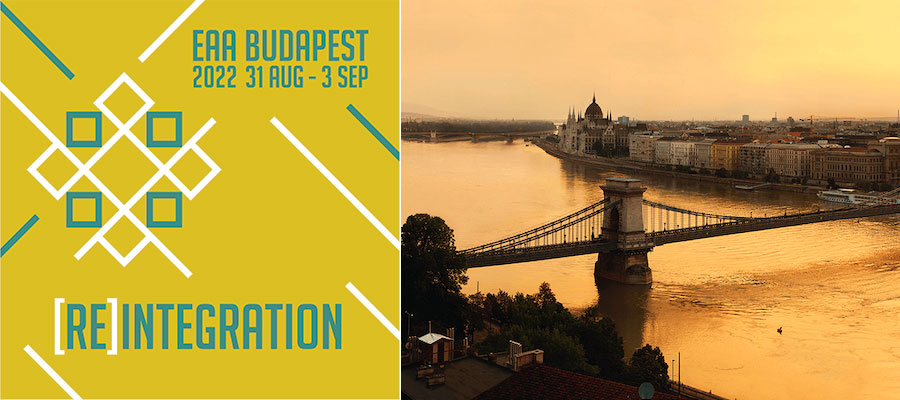Silk: A Catalyst for Interconnection in the Sixth to Tenth Centuries AD/CE, session #195 at the 28th European Association of Archaeologists Annual Meeting, Budapest, August 31–September 3, 2022
Throughout history and across cultures silk has been considered a luxury fibre. It has connected people; been the focus of trade, exchange and espionage. It helped power the building and downfall of empires, and religious expression. It drove the development of technology and ideas, and the movement of people. Silk is a story that connects East and West and spans millennia.
Between the sixth and tenth centuries AD/CE Western Europe considered silk an exotic and expensive material that incorporated many meanings in secular to religious circles. Silk textiles were woven in China from prehistory, with the development of techniques leading to a variety of textile types including, gauze, samite and lampas. As these textiles were traded or exchanged outwards, other cultures developed their own uses and meanings for silk and, eventually, their ability to weave and embroider with it. Throughout, woven and embroidered patterns and motifs evolved, taking on new meanings, forging links between China, the Middle East and silk’s newer users.
This session welcomes researchers investigating silk and its role as a catalyst for interconnection in the sixth to tenth centuries AD/CE. Papers may include, but are not restricted to:
- Development and knowledge of silk textiles and embroideries, e.g., weaves, dyes and colours
- Mobility of craft workers and silk across cultures and geographic areas
- Analysis of silk textiles, embroideries and threads; documentary and literary sources
- Role and meaning of silk across cultures and societies, e.g., sedentary and nomadic, secular, religious
- Silk in relation to other material and visual culture
- Woven and embroidered motifs; processes of adaptation and imitation
- Development of silk production in Central Asia, e.g. Tarim Basin
- Silk in the Carpathian basin
- Silk production in Europe
All proposals should be submitted via the official EAA Annual conference website. Each paper will be allocated 15 minutes and should be presented in English. The EAA annual conference requires membership and conference registration.
Session organizers
Alexandra Makin, University of Glasgow
Susanna Harris, University of Glasgow
Helena Březinová, Institute of Archaeology of the Czech Academy of Sciences, Prague
Astrid Klein, Leipzig University
